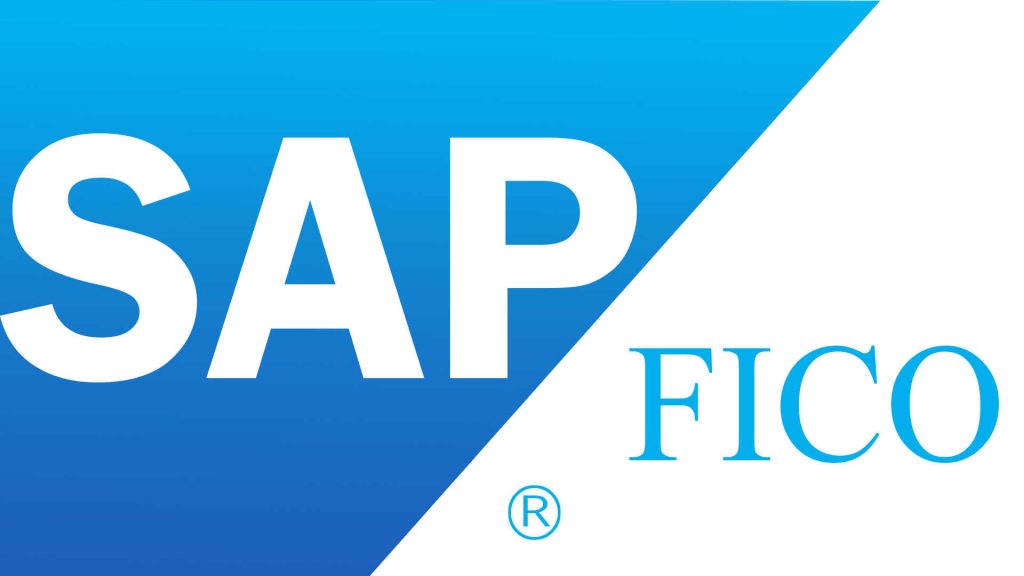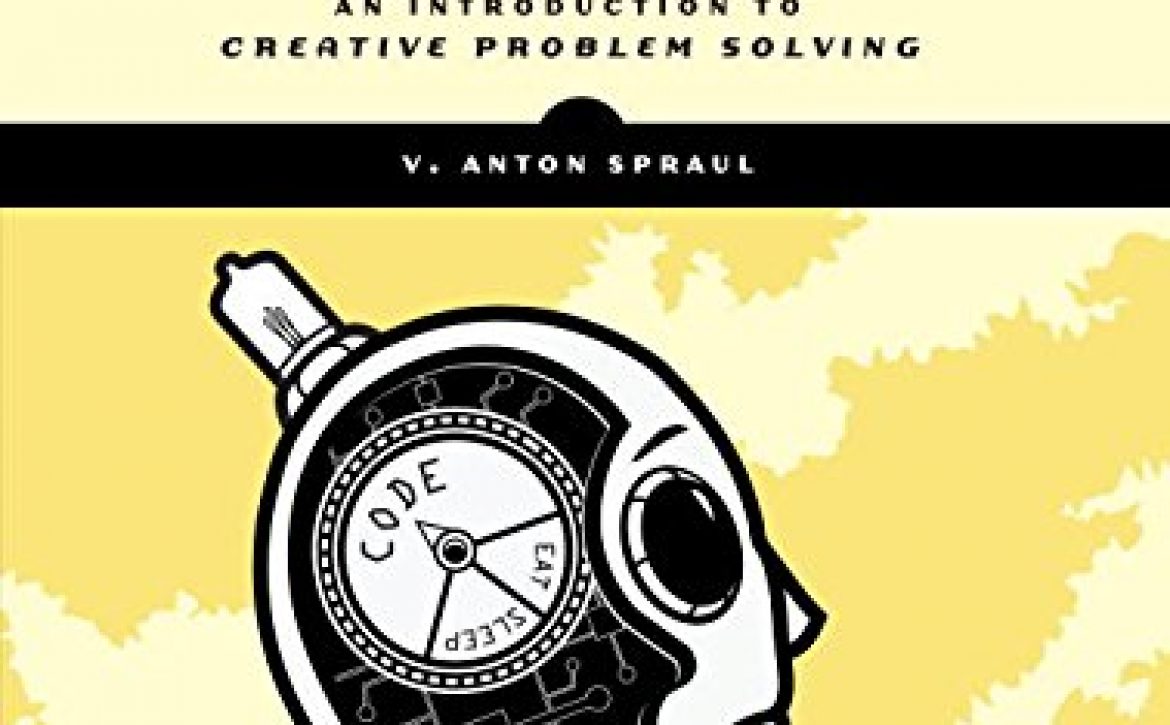SAP Financial & Accounting Solutions
SAP Financial & Accounting Solutions
The SAP FI CO (Financial Accounting & Controlling) Module has the capability of meeting all the accounting and financial needs of an organization. It is within this module that Financial Managers as well as other Managers within your business can review the financial position of the company in real time as compared to legacy systems which often times require overnight updates before financial statements can be generated and run for management review.
The real-time functionality of the SAP modules allows for better decision making and strategic planning. The FI (Financial Accounting) Module integrates with other SAP Modules such as MM (Materials Management), PP (Production Planning), SD (Sales and Distribution), PM (Plant Maintenance),and PS (Project Systems).

The FI Module also integrates with HR (Human Resources) which includes PM (Personnel Management), Time Management, Travel Management, Payroll. Document transactions occurring within the specific modules generate account postings via account determination tables.
The FI (Financial Accounting) Module components.
The FI Module comprises several sub-modules as follows:
- Accounts Receivables
- Accounts Payable
- Asset Accounting
- Bank Accounting
- Consolidation
- Funds Management
- General Ledger
- Special Purpose Ledger
- Travel Management
1)Accounts Receivables records all account postings generated as a result of Customer sales activity.
These postings are automatically updated in the General Ledger . It is within the Accounts
Receivables Module that you can monitor aging of the receivables and generate customer analysis. The Accounts Receivable Module also integrates with the General ledger, Sales and Distribution, and Cash Management Modules.
2) Accounts Payable records account postings generated as a result of Vendor purchasing activity. Automatic postings are generated in the General Ledger as well. Payment programs within SAP enables the payment of payable documents by check, EDI, or transfers.
3) Asset Accounting is utilized for managing your company’s Fixed Assets. SAP allows you to categorize assets and to set values for depreciation calculations in each asset class.
4) Bank Accounting allows for management of bank transactions in the system including cash management.
5) Consolidation enables the combining of financial statements for multiple entities within an organization. These statements provide an overview of the financial position of the company as a whole.
6) Funds Management allows management to set budgets for revenues and expenses within your company as well as track these to the area of responsibility.
7) General Ledger is fully integrated with the other SAP Modules. It is within the General Ledger that all accounting postings are recorded. These postings are displayed in real-time providing up-to-date visibility of the financial accounts.
8) Special Purpose Ledger is used to define ledgers for reporting purposes. Data can be gathered from internal and external applications.
9) Travel Management provides management of all travel activities including booking trips and handling of expenses associated with travel.
Primary configuration considerations
Client, company and company code
Once a business has decided to use the SAP FI(Financial Accounting) Module, there are several Configurations prerequisite steps that must be completed.Determining the organizational structure is one of the first steps in setting up the business functions in SAP as well as your reporting requirements.
The Organizational structure is created by defining the organizational units consisting of the following:
- Client
- Company
- Company Code
- Business Area
A Client is the highest unit within an SAP system and contains Master records and Tables. Data entered at this level are valid for all company code data and organizational structures allowing for data consistency. User access and authorizations are assigned to each client created. Users must specify which client they are working in at the point of logon to the SAP system.
A Company is the unit to which your financial statements are created and can have one to many company codes assigned to it. A company is equivalent to your legal business organization. Consolidated financial statements are based on the company’s financial statements. Companies are defined in configuration and assigned to company codes. Each company code must use the same COA( Chart of Accounts) and Fiscal Year. Also note that local currency for the company can be different.
Company Codes are the smallest unit within your organizational structure and is used for internal and external reporting purposes. Company Codes are not optional within SAP and are required to be defined. Financial transactions are viewed at the company code level. Company Codes can be created for any business organization whether national or international. It is recommended that once a Company Code has been defined in Configuration with all the required settings then other company codes later created should be copied from the existing company code. You can then make changes as needed. This reduces repetitive input of information that does not change from company code to company code as well as eliminate the possibility of missed data input.
When defining company codes, the following key areas must be updated:
Company Code Key– identifies the company code and consists of four alphanumeric characters. Master data and business transactions are created by this key.
Company Code Name– identifies the name of the business organization within your organizational structure.
Address– identifies the street address, city, state, zip code for the company code created. This information is also used on correspondence and reports.
Country– identifies the country to which your business is based. Country codes within SAP are based on ISO Standards.
More FI configuration considerations:
Business Area is optional and is equivalent to a specific area of responsibility within your company or business segment. BA (Business Area) also allows for internal and external reporting.
Another configuration requirement for set-up in SAP are the Basic settings consisting of the following:
- Chart of Accounts(COA)
- Fiscal Year Variants.
- Currencies
The COA(Chart of Accounts) lists all General Ledger accounts that are used by the organization. It is assigned in configuration to each company code and allows for daily General Ledger postings.
The General Ledger accounts are made up of such data as account number, company code, a description of the account , classification of whether the account is a P & L Statement Account or a Balance Sheet Account.
Control data of the GL Account is where currency is specified, Tax category (posting without tax allowed) , marking the account as a reconciliation account ( e.g. Customer, Asset, Vendors, Accounts Receivable) or not.
Marking the G/L Account as a “reconciliation” account allows for postings to an Asset Account ( for example) as well as automatic update to the G/L Account.
Configuration prevents direct postings to reconciliation accounts thereby assisting in maintaining integrity of the data. This allows reconciliation between the sub-ledger and general ledger to always be guaranteed.
Within the General Ledger control data , you can also designate whether line item display is possible in the account. The system then stores an entry per line in an index table which links back to the account. (Display of line item details are then available for reporting purposes ,etc.)
Open Item Indicators can be set on the G/L Account allowing for better management of open items. Examples include: Bank Clearing Accounts, GR/IR Clearing Accounts, Payroll, etc.
Fiscal Year configuration is a must and can be defined to meet your company’s reporting periods whether Fiscal (any period combination that is not calendar) or Calendar( Jan-Dec).
Posting Periods are defined and assigned to the Fiscal Year. Within the periods you specify start dates and finished dates. SAP allows for 12 posting periods along with specially defined periods that can be used for year-end financial closing.
Currencies are another basic configuration setting requirement which defines your company’s legal means of payment by country. It is recommended that all Currency set-ups in SAP follow the ISO Standards. The ISO Standards ensure Global conformity across businesses worldwide utilizing SAP. Country currency- identifies the local currency for the company code that you have defined.
What are some of the integration points of the FI module?
SAP is marketed as a fully integrated system, therefore knowing some of the integration points enables the Users to better understand the Modules.
Organization units are not only defined in FI(Financial Accounting) but also in other SAP Modules. The SD( Sales & Distribution) Module requires the set-up of Sales Organizations, Distribution Channels and Divisions ; Purchasing requires purchasing organizations, plants, and storage locations; and CO (Controlling) requires a Controlling area to be defined.
To transfer data between FI(Financial Accounting) and CO (controlling) as well as other modules, a Company Code must be assigned to each of the Modules.
Business Areas must be entered when generating business transactions if you would like visibility of those transactions impacting a certain BA(Business Area). You can also update your Master Records to include BA(Business Area) for example Cost Center.
Document postings are automatically posted in the year and periods that you created in the Fiscal Year variant set-ups based on the month, start and end dates to which postings are allowed within a given period as defined.
SAP FICO allows businesses to expand themselves on a strong foundation of a proper accounting channel. It has the capability of meeting all the accounting and financial needs of an organization. Utilizing it can enable your company to reach greater heights.






























